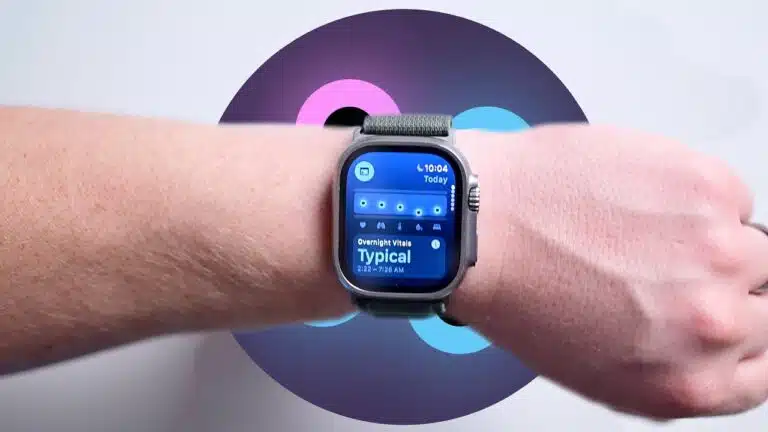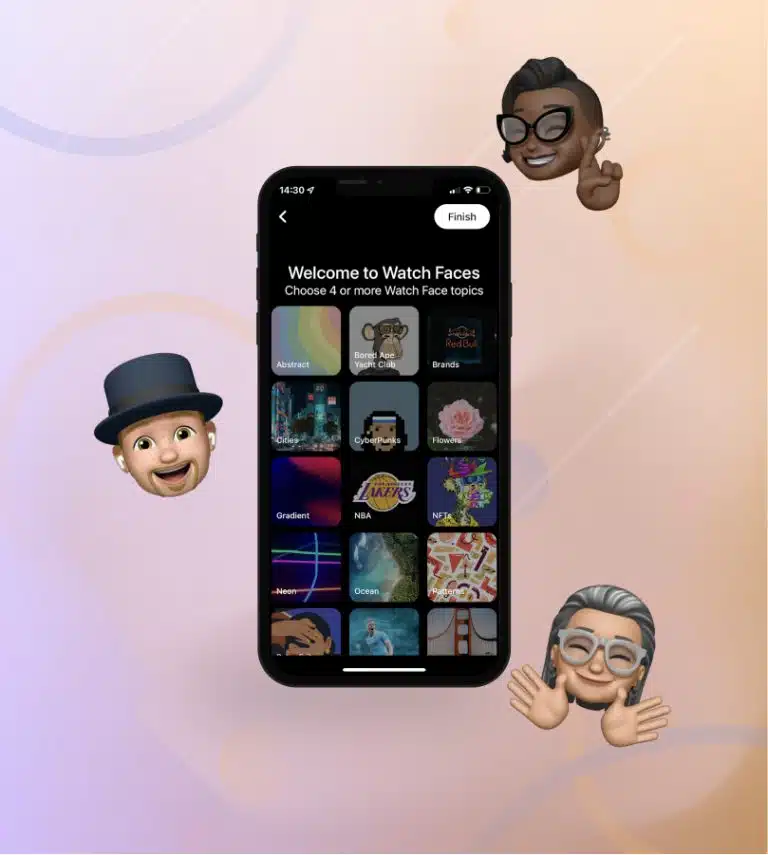The New ‘Vitals’ App: Can Your Watch Predict Your Next Illness?

Modern wearable technology has come a long way, and the Apple Watch is at the forefront of this revolution. Recent buzz from Reddit users suggests that Apple’s Vitals app may detect signs of illness days before you actually feel sick. Here’s how it works and why people are so excited.
How Vitals Became the Talk of the Town
Earlier this month, multiple Apple Watch owners began sharing their experiences on social media. Some people found that their Apple Watch alerted them to abnormal body metrics, hinting at possible illness. Days later, they indeed fell sick—confirming the app’s predictive capabilities. This caught the attention of tech enthusiasts worldwide, who compared notes on Reddit and discovered similar experiences.
Why This Is a Big Deal
Predictive healthcare isn’t entirely new, but seeing it in action on a consumer device is an eye-opener. While step counting and heart rate tracking have been standard for years, the Vitals app adds a new layer of insight. It monitors:
- Wrist Temperature
- Heart Rate & Respiratory Rate
- Blood Oxygen Level
- Sleep Duration and Quality
By compiling this data over time, the watch establishes your personal “normal” range. Whenever your metrics deviate significantly—such as a spike in overnight wrist temperature—the watch can send you a notification suggesting something might be off.
Real-Life Experiences: The Reddit Buzz
A Reddit user recounted how their Apple Watch notified them of “outliers” in their vitals three days before the onset of symptoms. Another member chimed in, noting a similar pattern: the watch detected a higher respiratory rate and temperature shift before they felt unwell. These personal anecdotes suggest that consistent health tracking may help you adjust your schedule, rest more, or take preventative measures when you see the first warning signs.
How It Works Behind the Scenes
Although Apple hasn’t publicly detailed all the technical aspects of Vitals, it’s believed the app compiles overnight data from multiple sensors. This long-term tracking and trend analysis allow for:
- Customized Baselines – Over several weeks or months, your watch learns what’s “normal” for you.
- Early Warnings – Any shifts that fall outside of your typical range trigger a notification.
- Continuous Monitoring – As you wear your watch each night, you gather more accurate data over time.
Important Caveats and Limitations
Despite these impressive anecdotes, it’s vital to remember:
- Not a Medical Diagnosis – Apple Watches are not FDA-approved to replace professional medical tests.
- Wear It Consistently – You need to wear your watch during sleep for the best data collection.
- No Absolute Guarantee – Elevated temperature or heart rate could point to various factors other than sickness, such as stress or a poor night’s sleep.
The Future of Digital Health
The excitement surrounding Vitals highlights a growing trend: wearable tech is becoming an essential ally in our quest to stay healthy. While we’re still a long way from stopping all illnesses in their tracks, the Apple Watch’s predictive insights can prompt users to see a doctor sooner or take preventive steps to minimize the severity of an illness.
Final Thoughts
Apple’s Vitals app has sparked worldwide fascination by demonstrating that wearables can do more than merely track daily steps. They can act as an early warning system for potential health issues, giving users an edge in managing their well-being. Whether you’re a skeptic or a believer, these user stories show just how quickly consumer technology is revolutionizing personal health monitoring. Only time will tell how far this feature can go, but for now, it’s one of the most intriguing developments in smartwatch technology.

